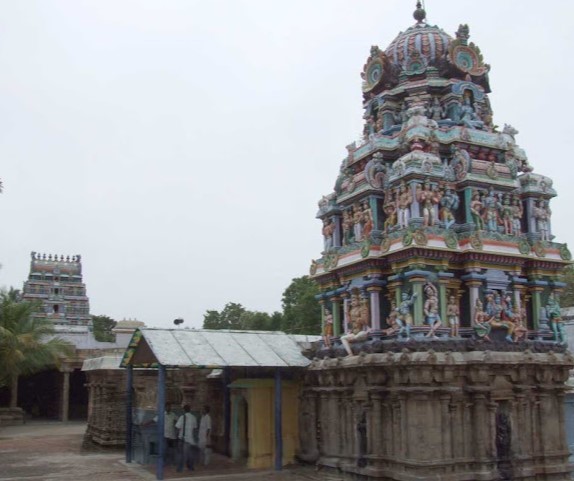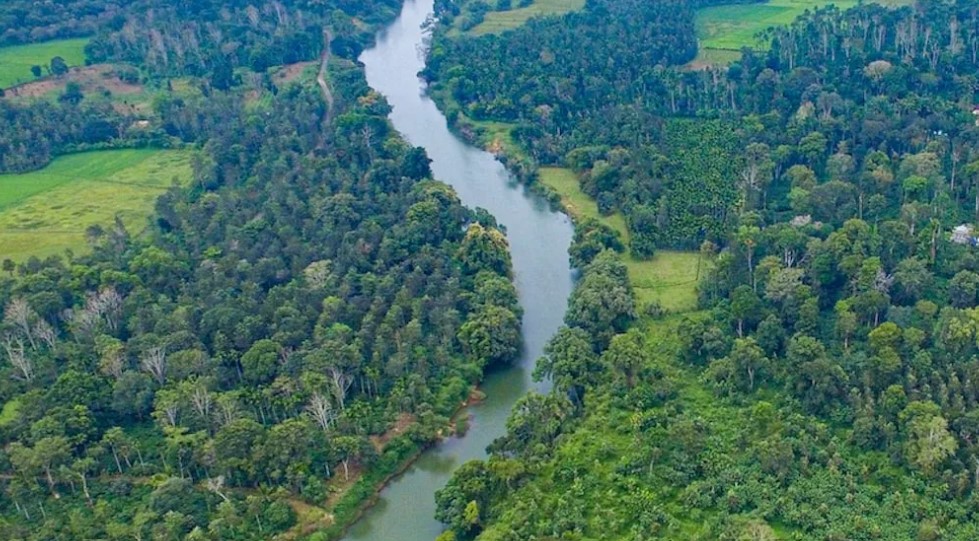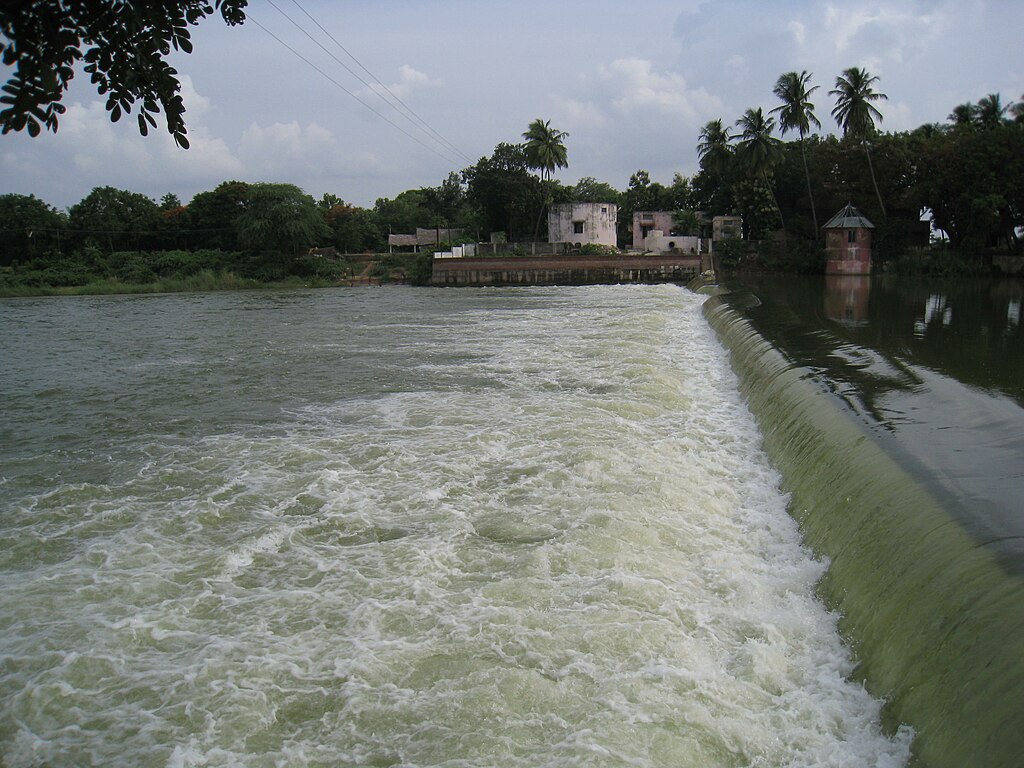
- This is the 103rd Thevara Paadal Petra Shiva Sthalam and 49th Sthalam on the North side of River Kaveri in Chozha Nadu.
- This place is now called Aduthurai Perumal Koil.
- Since there are two Kurangaduthurai temples and both are worshipped by Sugreeva and Vaali, to differentiate, this temple is called Vadakurangaduthurai, also this temple is on the North side of river Kaveri.
PURANIC SIGNIFICANCE 1:
- Lord Siva has revealed in many places his miracles.
- Kurankaaduthurai is the place where Vaali was graced to have his tail grown. It can be asked when Vaali’s tail got cut.
- Even Ravana was afraid of Vaali.
- It is said that perhaps the tail was cut when Vaali hit him hard with his tail.
- He prayed to Lord Shiva that his tail should grow.
- He came to Kurankaaduthurai, prayed to get back his strong tail and his tail grew.
- Here Lord Shiva is called Dayanidheeswarar.
- Ambal is Jataamakuta Naayaki.
PURANIC SIGNIFICANCE 2:
- A sparrow used to worship here by bringing water in its little beak, flying back and forth several times, to perform abhishekam for Lord Shiva.
- Pleased with the devotion of the little bird, Siva blessed the bird with moksham.
- The sparrow is called Chittu Kuruvi in Tamil, and so Siva here also goes by the name Chitti Lingeswarar.
PURANIC SIGNIFICANCE 3:
- Normally, pregnant women are advised not to visit temples (despite any superstitions associated with this, the practicality of this advice stems from the uneven flooring of temples in the days of yore, which posed the risk of tripping and falling down). However, pregnant women seek this temple out for worship, and that is because of another sthala puranam here.
- A pregnant woman was once travelling near here during the height of summer.
- The river being dry, she was on the brink of dying of thirst, when she spotted a coconut tree.
- But given her state, she could not climb the tree.
- She started praying to Lord Shiva for help.
- The Lord obliged, by making a coconut tree bend, so she could pluck a tender coconut and quench her thirst.
- The coconut tree is the sthala vriksham of this temple.
- Because Siva is the repository of all grace, which He bestowed on the woman, He is called Dayanidheswarar.
- A pregnant woman is called Chetti-Penn in Tamil.
PEOPLE WORSHIPPED HERE:
Hanuman also had worshipped here to be relieved of some of his sins. To worship the Dakshinamurthi here enhances the ‘gurubalam’, the strength of Guru.
ADMINISTRATION:
The Temple is maintained and administered by the Hindu Religious and Charitable Endowments Department of the Government of Tamil Nadu.
.jpg)

